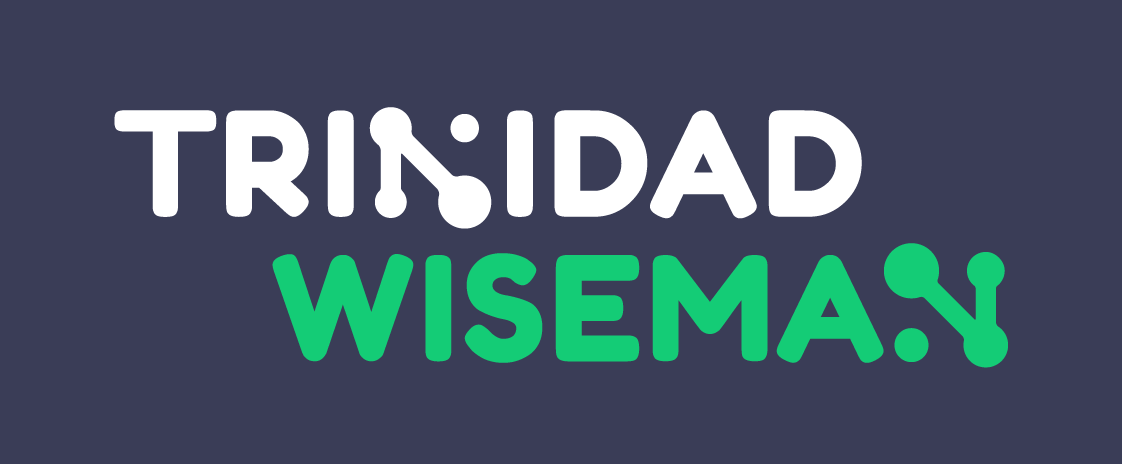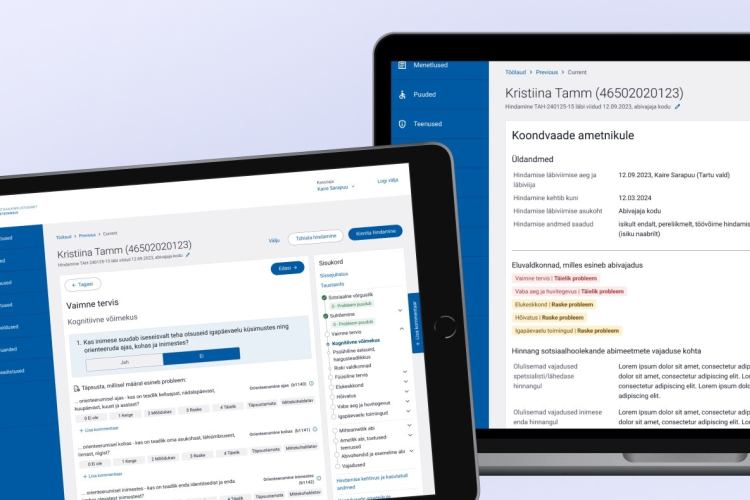Climbing the UX Maturity Ladder with Users: How to Get on the Path to Enhanced User Experience
As organizations strive to deliver exceptional user experiences, understanding and improving their UX maturity becomes crucial.
In the fast-paced digital world, the success of any product or service hinges on how well it meets user needs. The focus on user experience (UX) is not just a nice-to-have; it’s a critical component of a successful business strategy. As organizations strive to deliver exceptional user experiences, understanding and improving their UX maturity becomes crucial.
But what does it mean to have a mature UX, and how can organizations achieve it? This article explores the concept of UX maturity, the stages involved, and the importance of building UX capacity to climb this maturity ladder.
The UX maturity model, as detailed by the Nielsen Norman Group, outlines the stages an organization goes through as it develops its UX capabilities. These stages range from the initial absence of UX practices to a fully integrated UX culture where user experience is a core part of the organizational DNA. Let’s look at those stages:
1. Absent: At this initial stage, there are no UX practices or awareness within the organization. Decision-makers may not understand the value of UX, leading to products that often fail to meet user needs. This stage is characterized by a lack of UX roles, processes, and resources, resulting in a disconnect between user needs and product development.
2. Limited: The organization in this stage has sporadic UX efforts with limited understanding. Some UX activities may be present, often driven by a few enthusiastic individuals rather than a strategic mandate. There may be occasional user research or usability testing, but these efforts are inconsistent and not well integrated into the overall development process.
3. Emergent: UX roles and activities start to take shape in this stage. The organization begins to recognize the importance of UX and invests in some resources, such as hiring dedicated UX professionals or conducting regular user research. However, UX practices are still not fully structured, and there may be challenges in integrating UX consistently across projects.
4. Structured: At this level, UX is more organized with established processes and roles. The organization has dedicated UX teams, clear workflows, and standardized methods for user research and design. UX practices are starting to be seen as essential to the development process, and there is a growing awareness of the value UX brings to the business.
5. Integrated: UX becomes integrated across the organization with strong executive support. UX principles are embedded in the company culture, influencing decision-making at all levels. There is a strategic approach to UX, with systematic processes for gathering and acting on user feedback. Cross-functional collaboration ensures that UX considerations are part of every project from the outset.
6. User-Driven: At the highest level of maturity, the organization’s strategy is driven by user data and feedback. UX is not just a function but a core part of the organizational ethos. Continuous user research informs product development, and there is a relentless focus on meeting user needs. The organization excels in delivering outstanding user experiences and sees UX as a competitive advantage.
The Role of UX Capacity Building
Before an organization can progress up the UX maturity ladder, it needs to build its UX capacity. UX capacity is defined as:
“the competencies and structures required to employ UX processes, methods, and tools (capacity to do), as well as the organization’s ability to integrate UX knowledge into its decision-making process and create quality products (capacity to use)” (Macdonald, 2019).
It refers to an organization's ability to implement and sustain effective user experience practices, encompassing the necessary skills, knowledge, resources, and cultural mindset.
As studied by Craig McDonald (2019), UX capacity building is crucial because it provides a strong foundation for UX improvement, ensures the effective use of UX tools and methods, supports the development of dedicated UX teams, and fosters collaboration. This leads to better-designed products, higher user satisfaction, and a competitive edge in the market.
By integrating small new practices and methods into day-to-day processes, organizations can ensure sustainable and continuously evolving UX practices. This approach ultimately strengthens their UX culture and maturity, and as a result, delivers exceptional user experiences to their clients.
Steps to Enhance UX Maturity
To climb the UX maturity ladder, organizations should consider the following actionable steps:
- Invest in Training: Educate employees on UX principles through workshops and continuous learning programs. Encourage employees to apply UX methods.
- Build Dedicated Teams: Hire skilled UX professionals and integrate them into your organization’s structure. Assign a UX advocate per team or department.
- Foster Collaboration: Encourage teamwork between UX specialists and other departments to create a cohesive approach to UX.
- Develop Resources: Provide the necessary tools, frameworks, and budget to support UX initiatives.
- Monitor and Improve: Define business goals and identify UX goals accordingly, choose UX metrics that align with your UX goals. Then i mplement UX practices systematically and use feedback to refine processes continuously.
Without these foundational elements, organizations may find themselves stuck at lower levels of UX maturity. Tools and methods alone are not sufficient; there must be an underlying understanding and commitment to utilizing UX practices. As an organization’s UX capacity grows, it becomes more capable of moving through the stages of UX maturity.
How can Trinidad Wiseman support you in advancing your UX maturity?
Achieving high UX maturity is a journey that requires commitment, consistency, education, and the right resources. By focusing on UX capacity building, organizations can lay a solid foundation for effective UX practices and climb the maturity ladder.
At Trinidad Wiseman, we are here to support you every step of the way, providing the knowledge, experience, and tools necessary to enhance your UX capabilities and deliver exceptional user experiences.
At Trinidad Wiseman, we understand the challenges organizations face in building UX capacity and achieving higher levels of UX maturity. Our expertise and experience enable us to guide organizations through this journey, ensuring they have the right mindset, skills, and resources.
In addition to already existing methods, we also offer customizable tools such as ‘’Usability Testing Blueprint’’ which is designed to guide organizations and UX facilitators with a structured framework to enhance organizations' UX maturity step-by-step and through that build UX capacity (Hendrikson, 2024). By leveraging this tool, you can gain valuable insights and create a roadmap for enhancing your UX maturity by utilizing a well-known usability testing process.
It might seem daunting to begin, especially if you're unsure where to start, but remember, every step you take to improve your organization's UX maturity is important, and we're here to support and guide you on this journey. Reach out to us, and together we'll find the ideal solution for your organization.
Our Innovation Manager and Partner, Hegle Sarapuu-Johanson, is one of Estonia's first UX specialists. She has over 20 years of experience in user experience, service design, and information technology, and also shares her expertise with future UX professionals. If you'd like to discuss user experience topics, feel free to contact Hegle.







